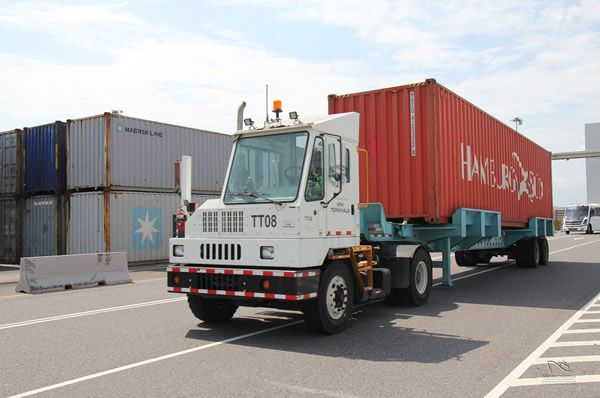The National Customs Agency of Mexico (ANAM) reported the results of several indicators of Mexico‘s customs.
The increasing interconnectedness of global trade forces the modernization of customs systems. Opportunities are increasing, but so are the challenges. According to the World Bank, international trade accounted for 63% of global GDP in 2022. This was the highest level since 1970.
Despite external shocks and crises, the trend has been on the rise for five decades. In the case of Mexico, trade openness has been even more marked. In 1970, foreign trade represented less than 20% of GDP. By 2024, that proportion rose to 72.3%. This is well above the global average.
Indicators of Mexico’s customs
There are 50 customs offices operating in Mexico. They are located at strategic points: the northern border, the southern border, seaports and inland airports.
Their function is key. They regulate foreign trade, facilitate tax collection and strengthen the country’s economic security. In addition, they are essential to maintain the flow of goods and ensure compliance with trade regulations.
Following are some of Mexico’s customs indicators:
- Average time for importing goods: 5.23 days on average.
- Average time for customs clearance with free clearance: 18.02 minutes on average.
- Cost of customs gross collection: 0.25 pesos per 100.
- Average time to perform physical inspections for imports and exports: 6.13 hours.
- Average time for customs clearance with recognition: 206.96 minutes on average.
Foreign trade
Regionalism continues to be key to Mexico’s trade policy. The proof is in the wide network of preferential agreements signed in recent years.
Since 2017, three treaties set a new course. The first was CPTPP, which strengthened ties with Asia-Pacific. Then came the USMCA, which replaced the old NAFTA and renewed the relationship with the United States and Canada.
Later, Mexico signed the Trade Continuity Agreement with the United Kingdom, following its exit from the European Union. These agreements reflect the country’s commitment to strategic integration into global trade.
These indicators integrate Mexico’s foreign trade/GDP ratio in 2024, according to IMD and WTO data, in millions of dollars:
- GDP: 1,928,000.
- Exports of products: 617,000.
- Imports of products: 644,000.
- Exports of services: 62,000.
- Imports of services: 70,000.

